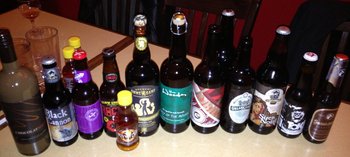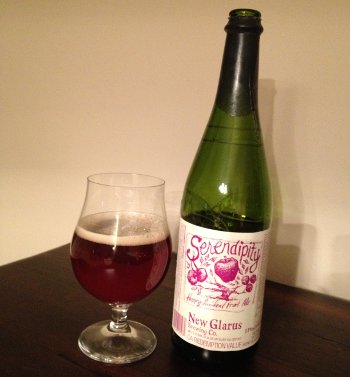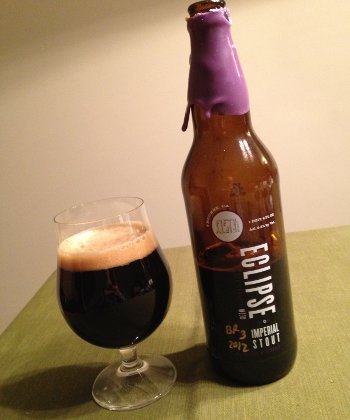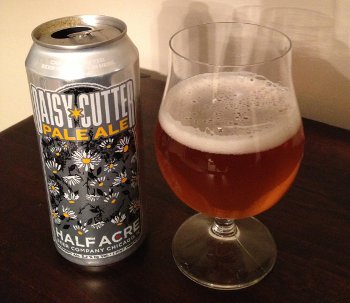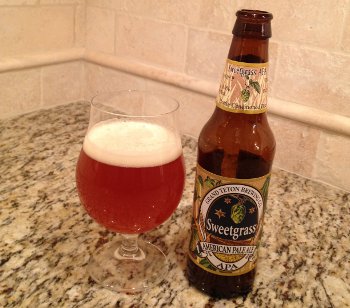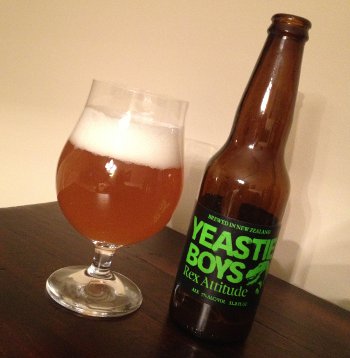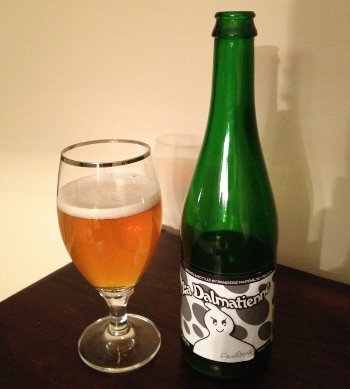This is as close as I’ll ever get to the ur-example of the Russian Imperial stout style, the granddaddy of all those monster stouts I love so much. Its origins date back to the 18th century, when an English brewery by the name of Thrale’s brewed an extra hearty stout for export to the court of Catherine the Great in Russia. The apocryphal story of the beer’s high alcohol and hop content is that they needed to do so in order for the beer to survive the trip (something about the beer freezing). This is apparently bunk. It turns out that the court of Catherine the Great was just a whole lot of fun, if you know what I mean.
Thrale’s was eventually bought by Barclay Perkins, and soon after that, this beer changed hands again when Courage took over Barclay. There it stayed for, oh, let’s say about 2 centuries. Courage fell on hard times, and by extension, so did their IRS. The style basically went extinct in Britain when Courage brewed their last batch in 1994, but us cheeky Yanks kept the style alive (what with our penchant for extreme beers) and UK brewer Wells & Young’s purchased the Courage brand, re-instituting the venerable IRS in 2011. It comes in an adorable little 9.3 ounce bottle and carries a rather large price tag. I guess I should expect a high cost given the .rar bottle count of just 210,000. This thing is going to taste so rare. Sarcasm aside, I figured a beer this storied and influential deserves a look:
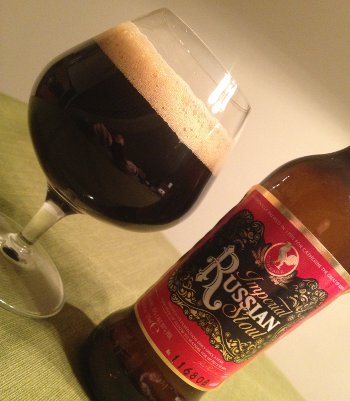
Courage Imperial Russian Stout – Look at me, with all my fancy camera angles. Oh, right, I already set aside sarcasm. The beer pours a pitch black color with a couple fingers of light brown head that leaves plenty of lacing as I drink. Smells of Euro hops, light caramel, toffee, slight roast. The taste features that caramel and and prominent toffee character, those Euro hops (guess: Fuggles or some form of Goldings), with a very subdued roast character emerging in the finish. This is going to sound silly, but it tastes British, the sort of thing I’d call out blind for sure. That Euro hop character was surprising for a big stout like this, and the toffee notes also seem distinctly British. Or maybe I’ll full of shit. Mouthfeel is not quite as rich as I’d like, but definitely a lot to chew on, well carbonated, full bodied, but nothing overwhelming either. An interesting change of pace, for sure, though not a face melter or anything. I’m really glad I tried this, though something about that toffee character always bothers me. It wasn’t as big of a deal in this beer as it is in, say, a British pale ale, but I still found that a bit odd. I’ll give it a B with the proviso that this just isn’t suited towards my tastes.
Beer Nerd Details: 10% ABV bottled (9.3 oz.) Drank out of a snifter on 2/8/13. 2012 Vintage. Best by 16/08/25. Bottle No. 116,808 of 210,000.
I’d be curious about how time treats this one. According to Martyn, the hop character fades considerably (unsurprising, especially since he’s drinking a 40 year old bottle of the stuff!), though the toffee notes seem to stick around. On the other hand, I’d rather save my shekels and pick up an American facemelter more suited to my tastes.
